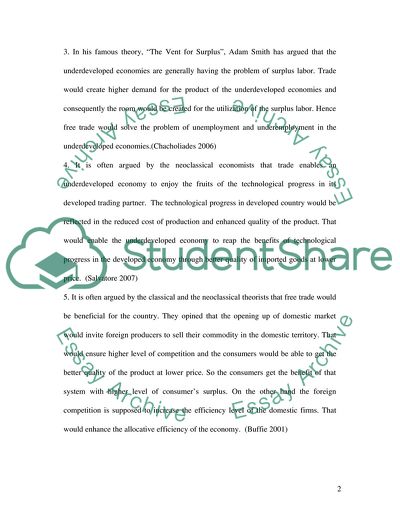Cite this document
(The Effects of Fair Trade on the Third world Countries Research Paper, n.d.)
The Effects of Fair Trade on the Third world Countries Research Paper. Retrieved from https://studentshare.org/macro-microeconomics/1724261-the-effects-of-economic-crisis-on-mortgages-in-uk
The Effects of Fair Trade on the Third world Countries Research Paper. Retrieved from https://studentshare.org/macro-microeconomics/1724261-the-effects-of-economic-crisis-on-mortgages-in-uk
(The Effects of Fair Trade on the Third World Countries Research Paper)
The Effects of Fair Trade on the Third World Countries Research Paper. https://studentshare.org/macro-microeconomics/1724261-the-effects-of-economic-crisis-on-mortgages-in-uk.
The Effects of Fair Trade on the Third World Countries Research Paper. https://studentshare.org/macro-microeconomics/1724261-the-effects-of-economic-crisis-on-mortgages-in-uk.
“The Effects of Fair Trade on the Third World Countries Research Paper”, n.d. https://studentshare.org/macro-microeconomics/1724261-the-effects-of-economic-crisis-on-mortgages-in-uk.


